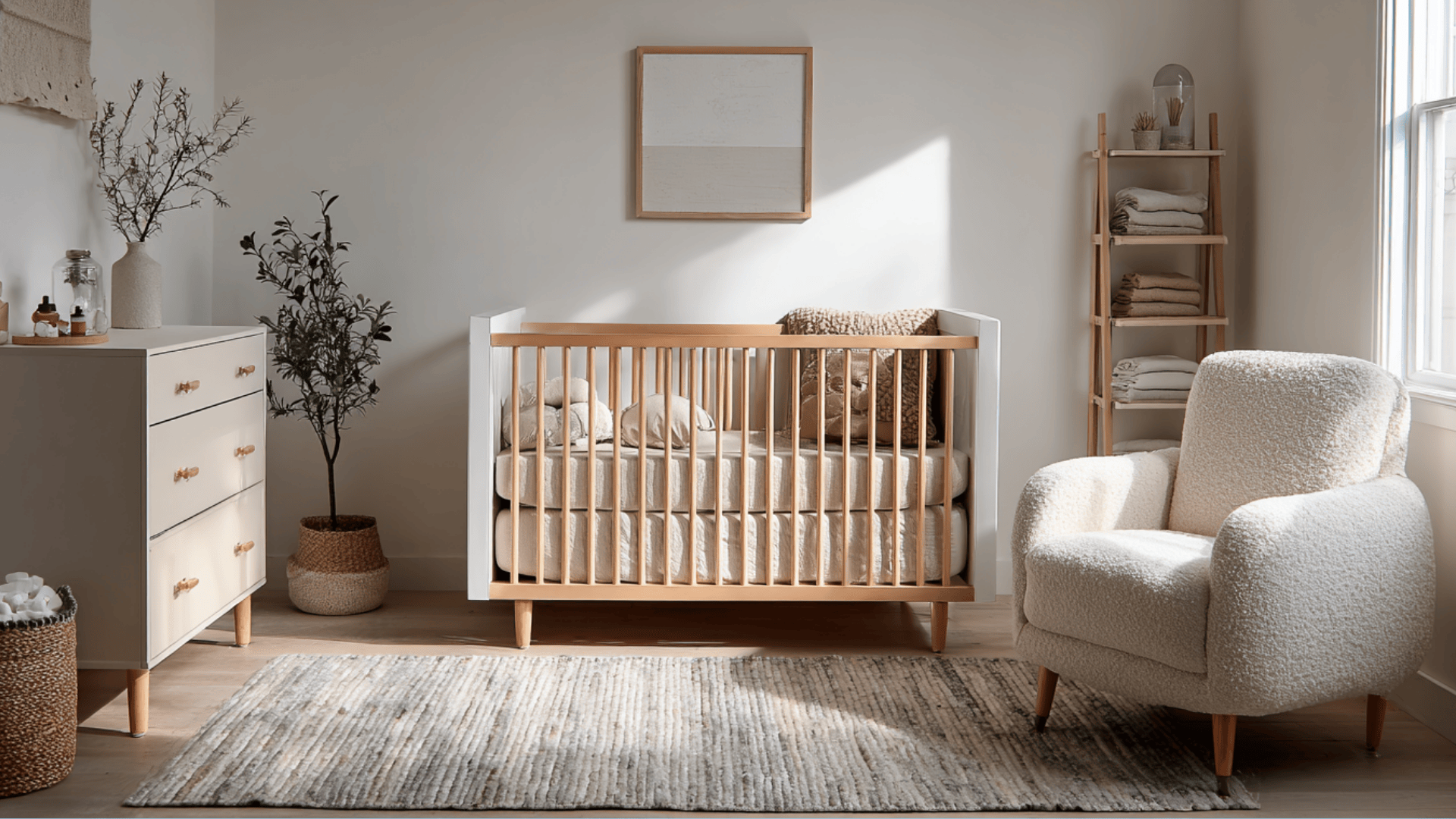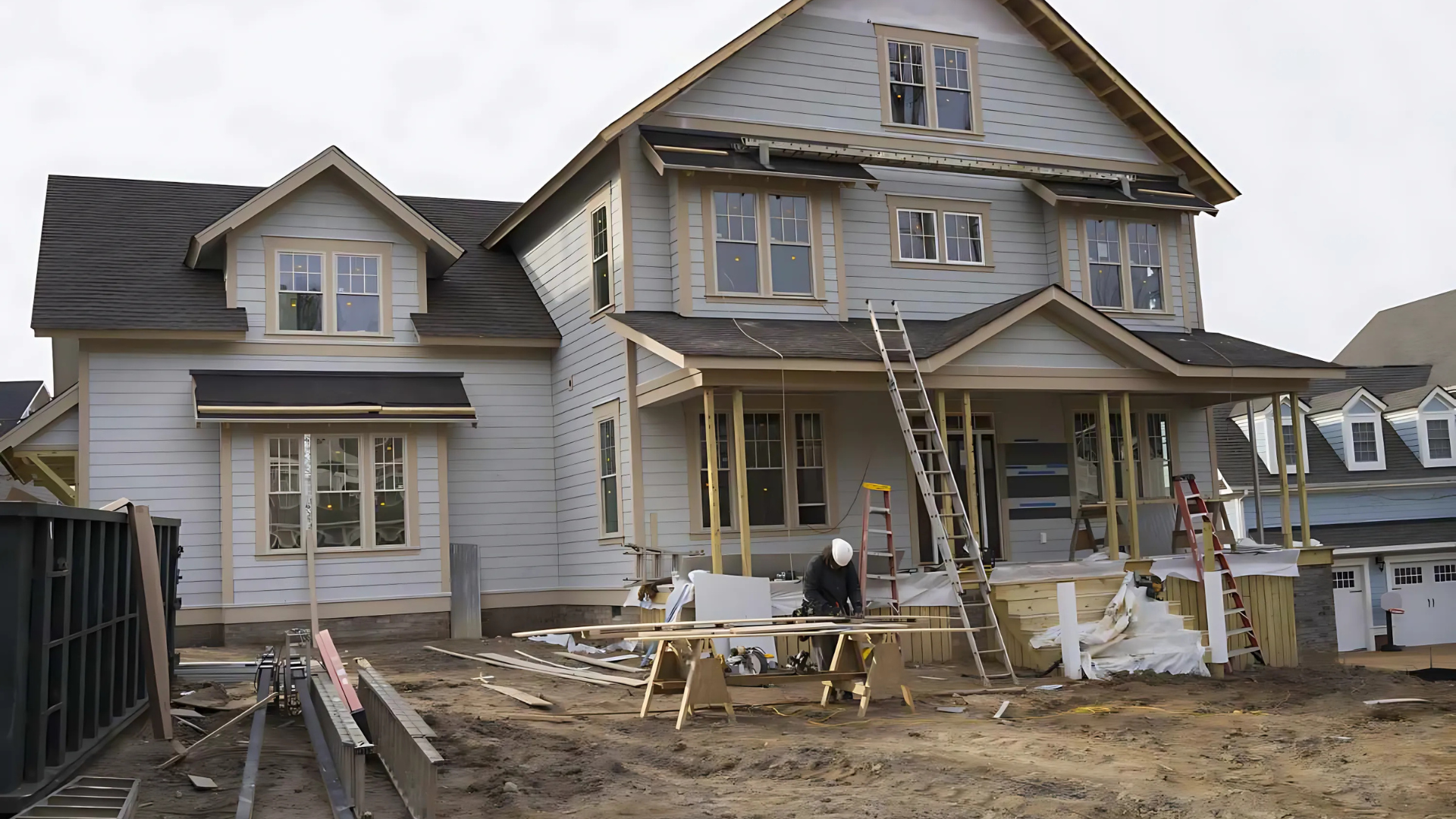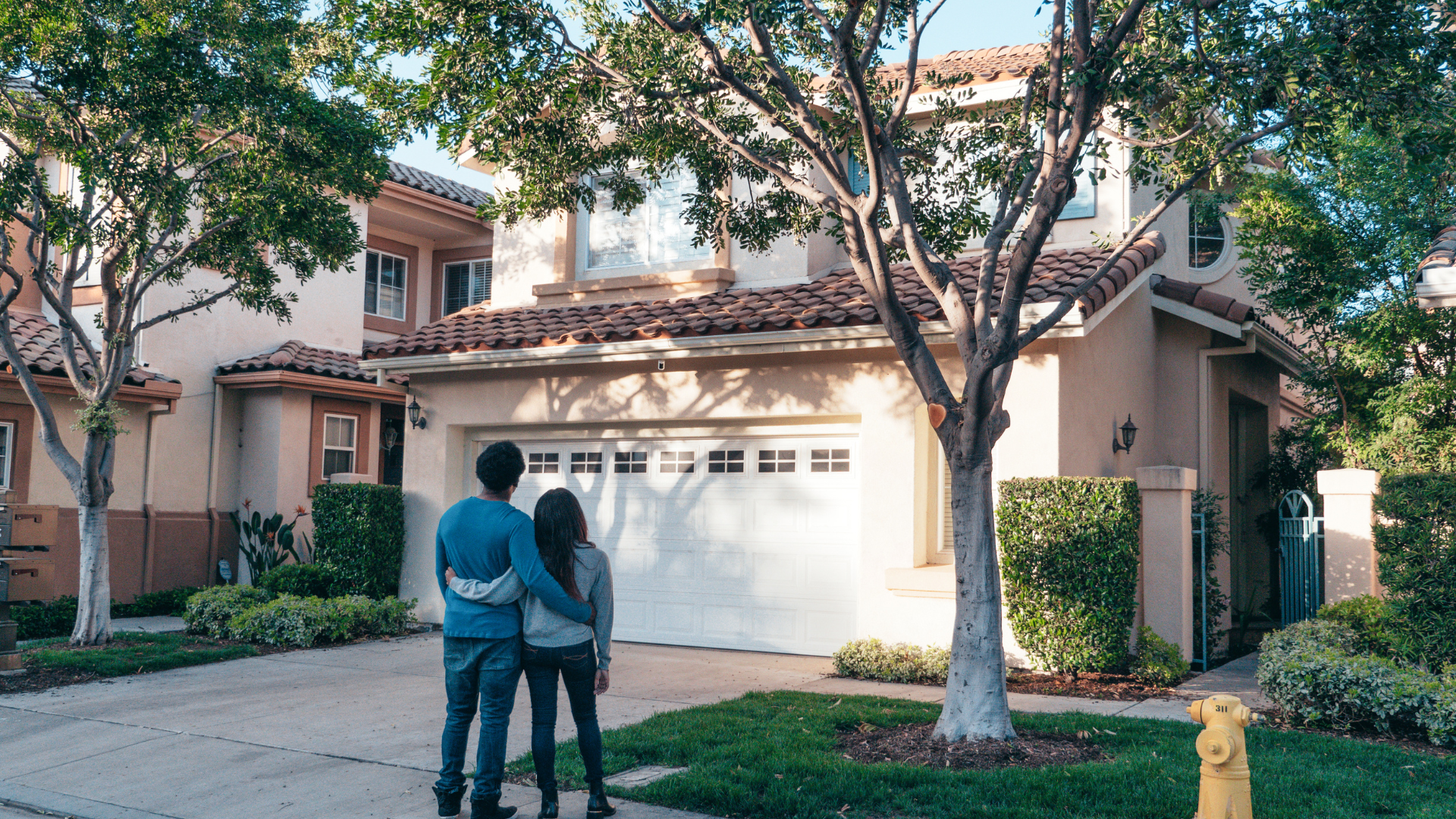Bringing a newborn home is exciting, but it also comes with a big question: What do you really need for your baby?
Stores and websites push endless lists of products, making it hard to know what’s essential and what’s not. The truth is, you don’t need everything on the shelf to keep your little one safe and comfortable.
This guide breaks down the top things your baby actually needs, along with a few optional extras that can make life easier.
By the end, you’ll have a clear, simple checklist that saves money, reduces stress, and meets your baby’s needs.
Top Things Baby Needs
These are the items every new parent should focus on first. Each one plays a big role in your baby’s daily comfort and safety.
1. Safe Sleep Surface (Crib, Bassinet, or Co-Sleeper)

Your baby will spend most of their first months sleeping, so a safe place to rest is critical. A crib, bassinet, or co-sleeper with a firm mattress keeps your baby secure.
Look for products that meet current safety standards and avoid extras like pillows or blankets. If the budget is tight, consider a simple, no-frills crib that still meets regulations. Adding fitted sheets only is safe and cost-friendly.
2. Properly Installed Car Seat

A car seat is non-negotiable for travel, even from the hospital. The right one protects your baby in case of accidents and is required by law. Look for an infant car seat that’s easy to install and fits your vehicle well.
Many stores offer free installation checks. To save money, avoid buying secondhand seats unless you know their full history and expiration date.
3. Diapers and Wipes
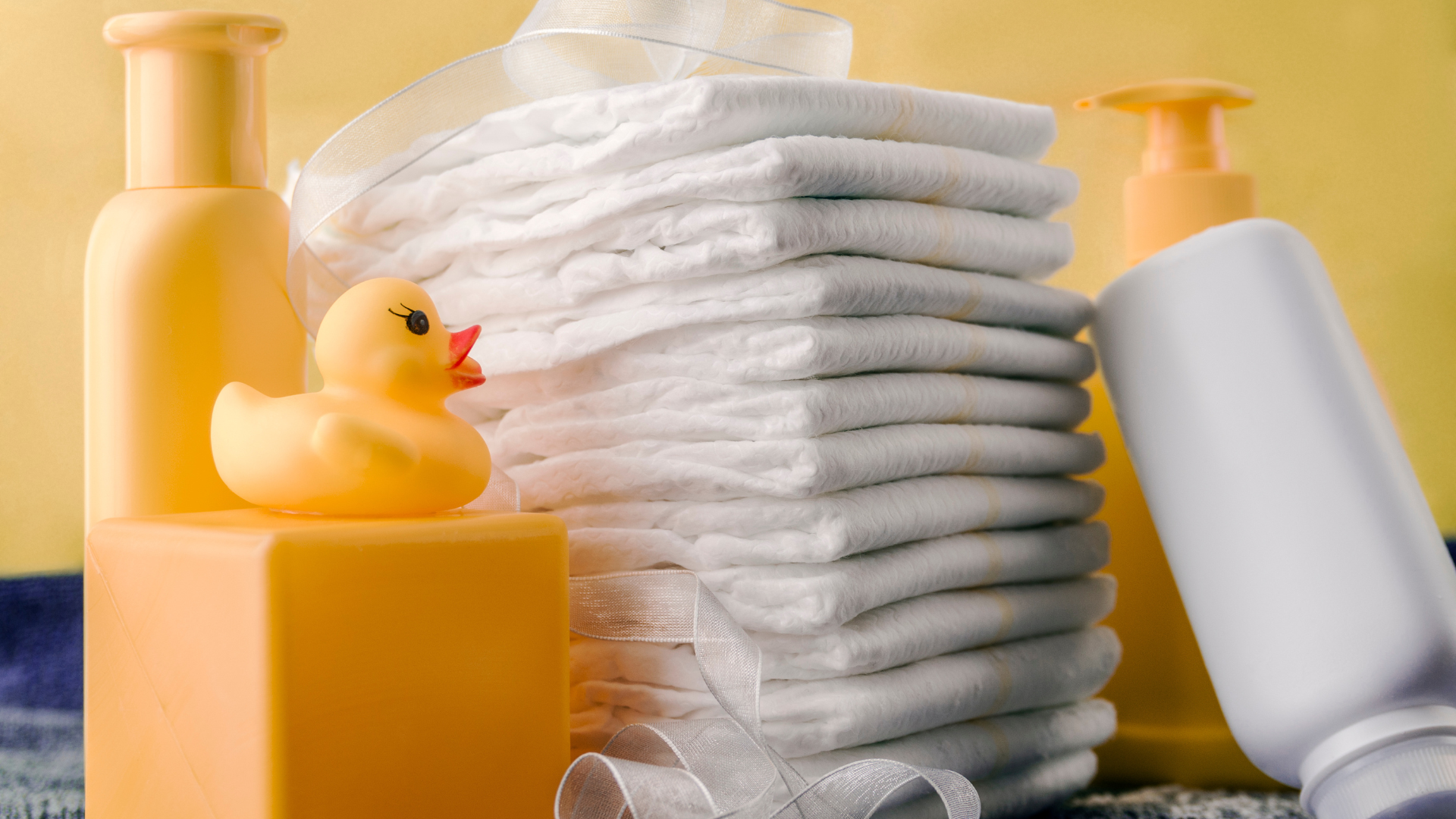
Diapers and wipes are daily essentials you’ll never have enough of. Babies can go through 8–12 diapers a day, so stock up early. Choose between disposable or cloth based on your lifestyle.
Unscented wipes are gentler on newborn skin. Buying diapers in bulk or signing up for subscription services can lower costs and reduce last-minute runs to the store.
4. Feeding Supplies (Bottles, Formula, or Breastfeeding Essentials)

Feeding is one of the most frequent tasks you’ll face. If using formula, you’ll need bottles, a bottle brush, and sterilizing supplies. For breastfeeding, a pump, storage bags, and nipple cream make things easier.
Pick bottles with slow-flow nipples for newborns. Borrowing or buying a used breast pump with new parts is a budget-friendly option. Don’t overbuy bottles at first – your baby may prefer certain shapes or styles.
5. Clothes for Everyday Wear (Onesies, Sleepers, Hats)
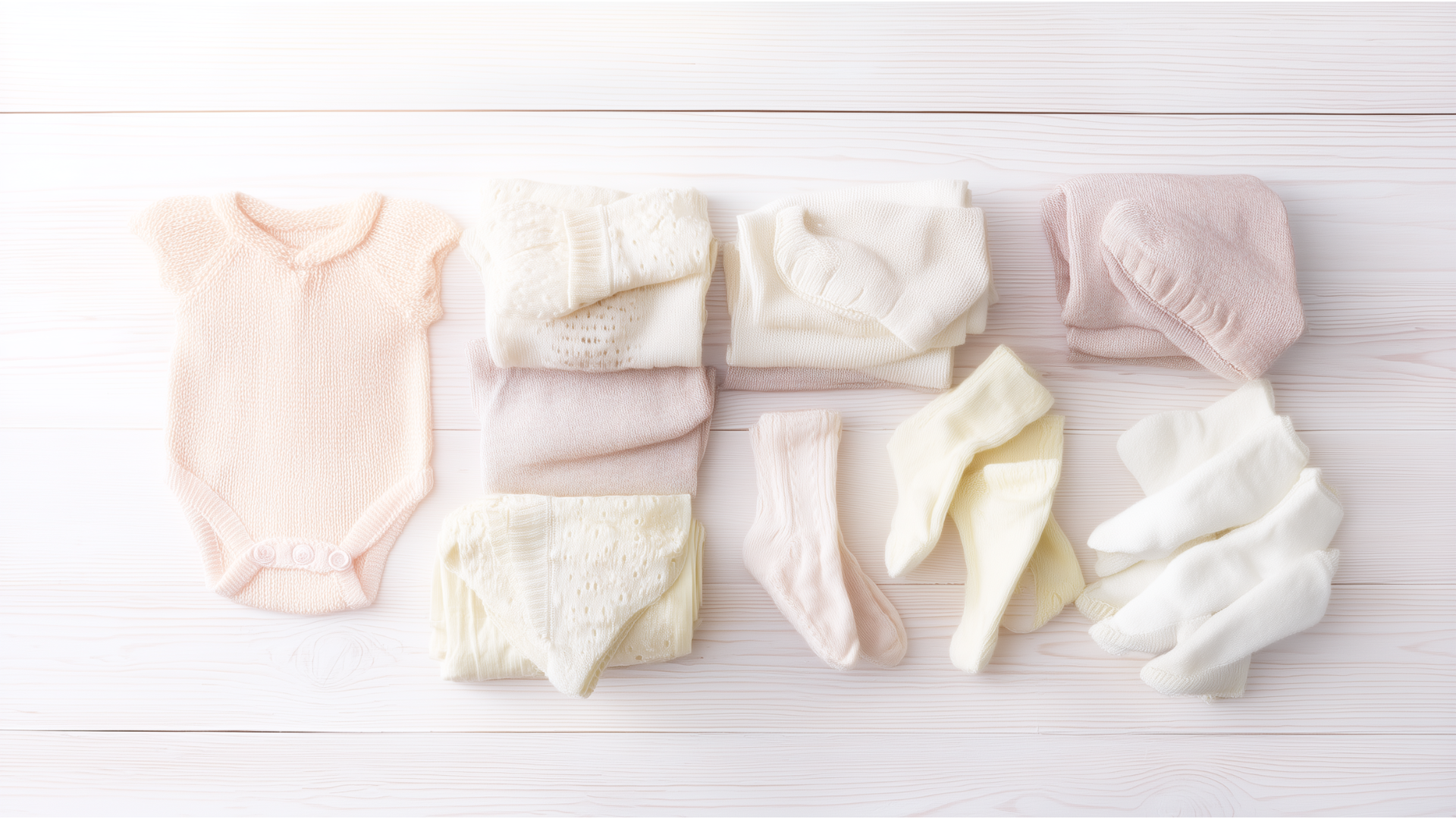
Soft, simple clothes are all your baby needs in the early months. Onesies, sleepers, and cotton hats keep them comfortable and easy to dress. Look for snaps or zippers instead of lots of buttons.
Start with a few outfits in newborn and 0–3 month sizes, since babies grow fast. Buying secondhand clothes or accepting hand-me-downs is a great way to save without sacrificing comfort.
6. Burp Cloths and Swaddle Blankets

Feeding time can get messy, and burp cloths save your clothes. Swaddle blankets help babies feel secure and can improve sleep. Choose soft, breathable fabrics like cotton or muslin.
They also double as nursing covers or lightweight blankets. You don’t need to buy many – four to six of each is usually enough. Budget tip: plain cotton cloths work just as well as fancy baby-branded ones.
7. Baby Bath Supplies (Tub, Towels, Soap)

Bath time is about keeping your baby clean and comfortable. A small baby tub or sink insert makes it safer and easier. Gentle baby soap, a soft towel, and a few washcloths are all you need.
Avoid harsh products or strong fragrances. Stick with the basics instead of specialty bath gear. Many parents find regular soft towels work fine, so you don’t need to overspend on baby-specific ones.
8. Stroller or Baby Carrier
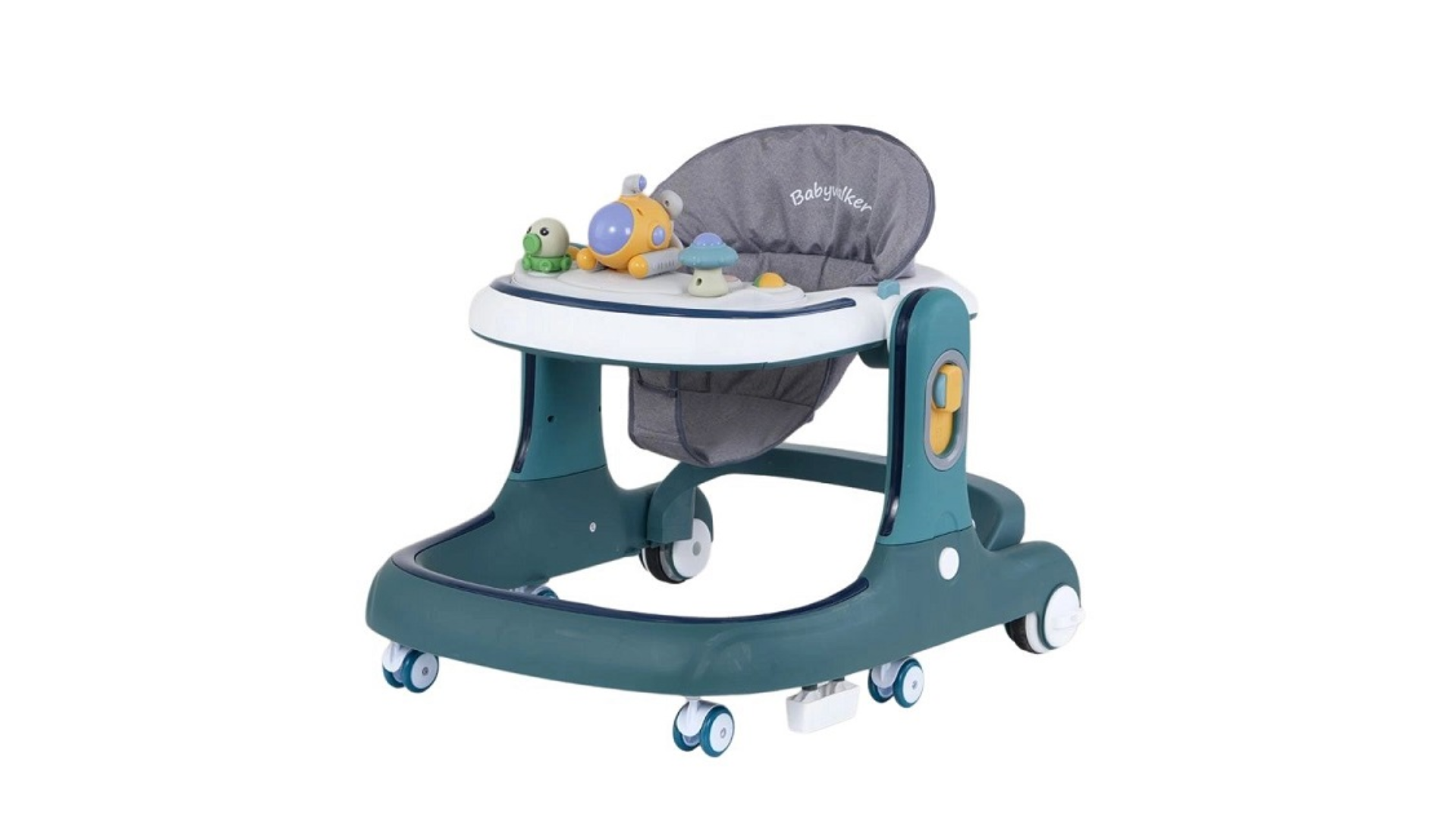
Getting out with your baby is easier with a stroller or carrier. Both give you mobility and free up your hands. Look for a stroller that fits your lifestyle – lightweight for quick trips or sturdier for long walks.
A baby carrier is handy for bonding and soothing fussy infants. To save money, start with one option and add the other later if needed. Many parents also buy used strollers in good condition.
9. First Aid Kit and Thermometer
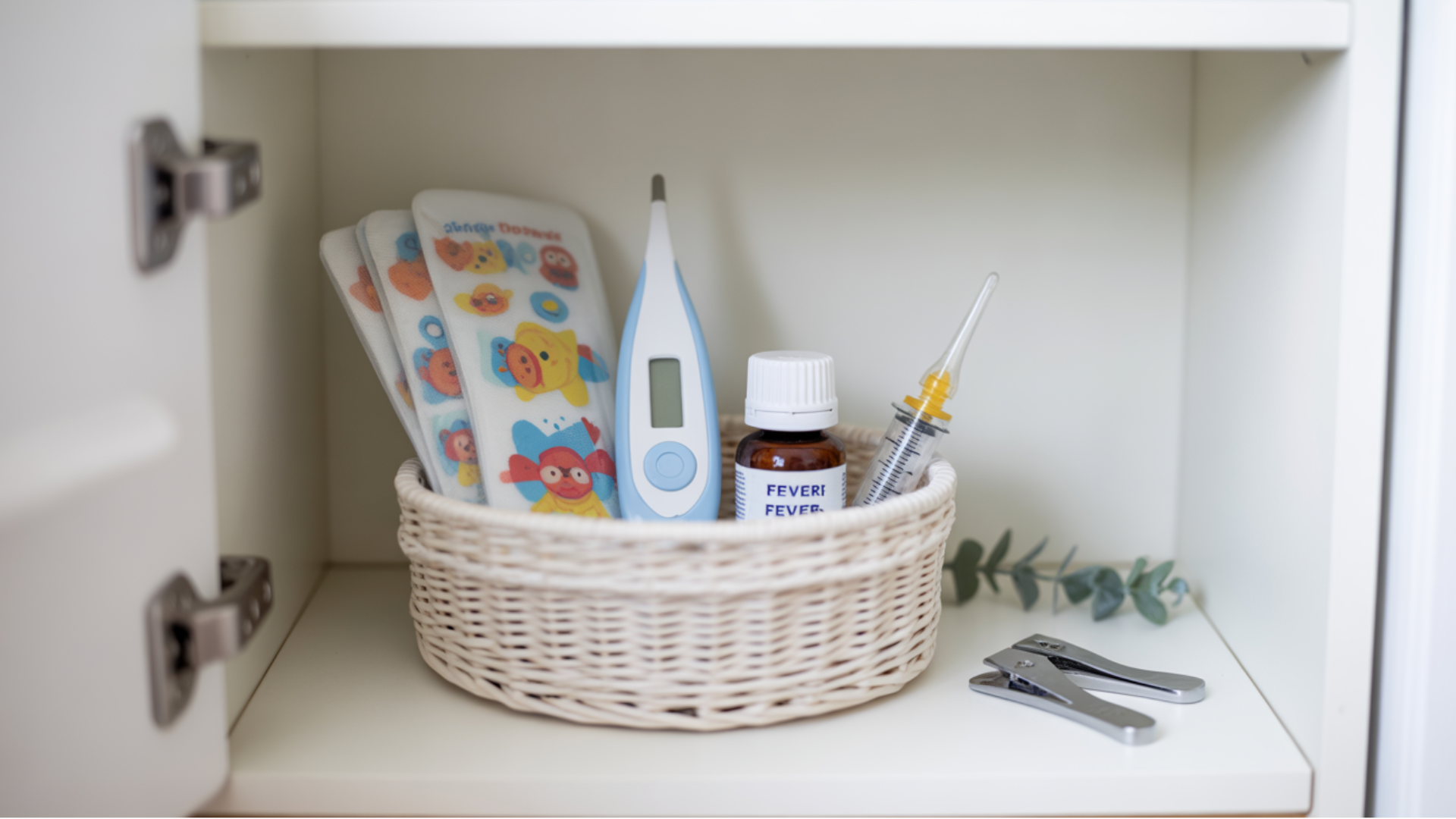
Accidents and fevers happen, so it’s smart to be prepared. A baby thermometer, nail clippers, nasal aspirator, and basic first-aid items cover most needs. Choose a digital thermometer for easy use.
Pre-made baby first-aid kits are convenient but often cost more. You can build your own at a lower price by buying essentials separately. Keep the kit in an easy-to-reach spot at home.
10. Comfort Items (Pacifiers, Teethers, Soothers)
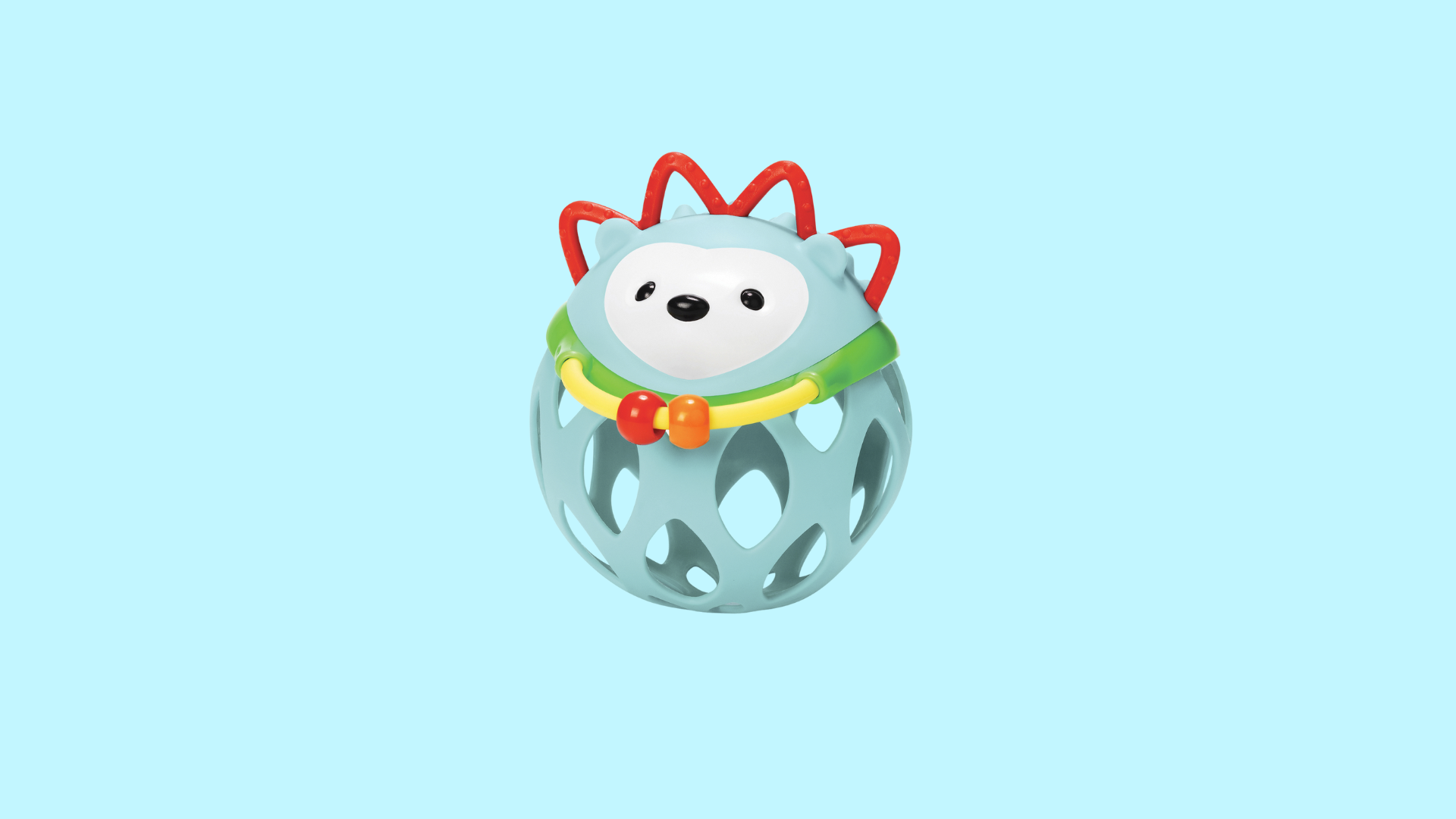
Comfort items help babies self-soothe and ease teething pain. Pacifiers can reduce fussiness and even lower SIDS risk during sleep. Teethers give relief once teeth start coming in.
Look for BPA-free materials and easy-to-clean designs. Babies often have preferences, so try a couple of brands before buying in bulk. These items aren’t costly, but they can make a big difference in your baby’s comfort.
Beyond the Basics: Optional but Helpful
These items aren’t essential, but can make life easier for both you and your baby.
11. Baby Monitor
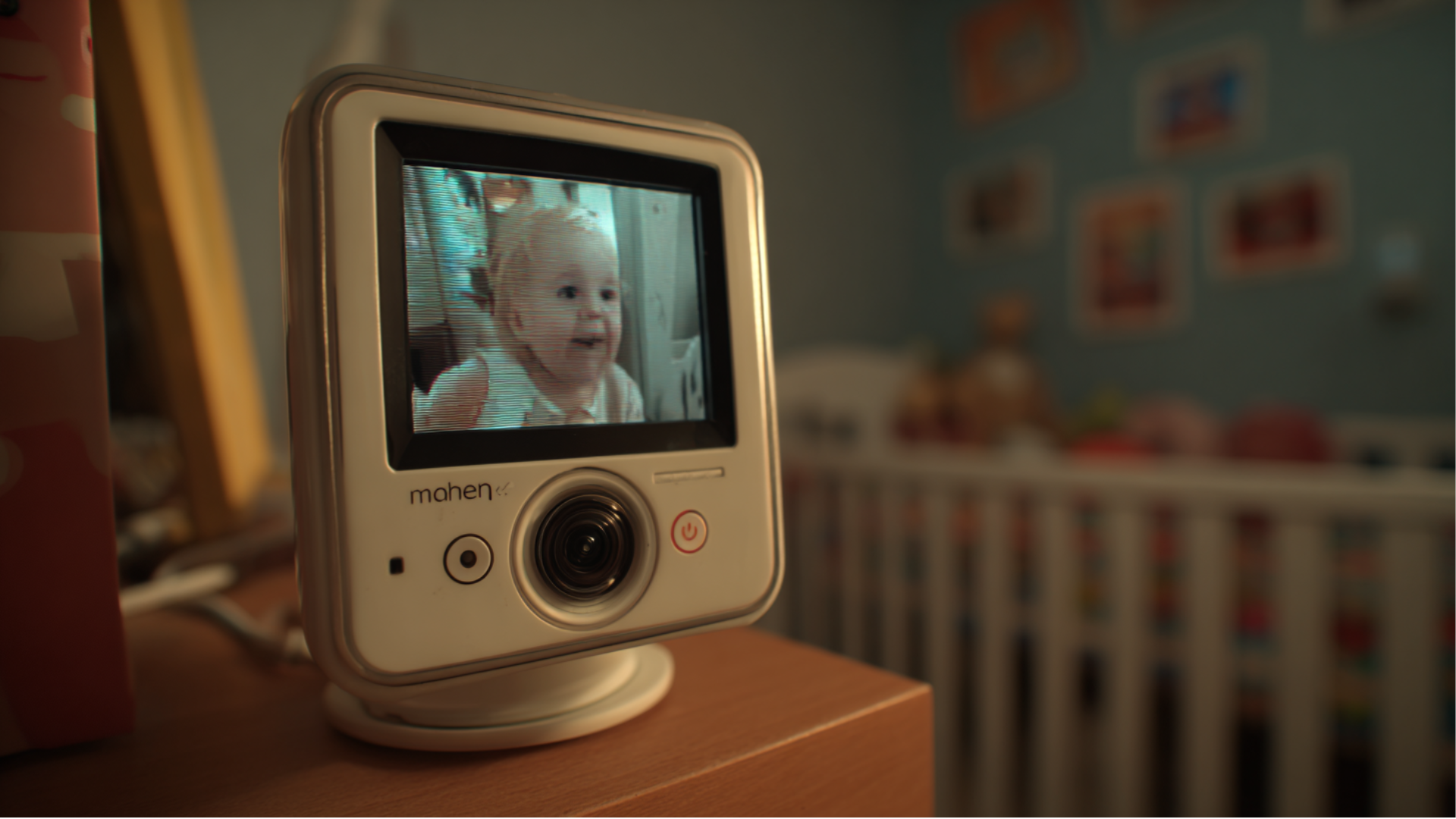
A baby monitor is a device that helps parents keep an eye and ear on their baby when they’re not in the same room. Most baby monitors come with audio and video features, allowing you to hear or see your baby in real time.
Modern versions may include two-way talk, night vision, temperature sensors, and even smartphone connectivity, so you can check in from anywhere.
12. Nursing Pillow

A nursing pillow is a specially shaped cushion designed to support both parent and baby during feeding.
It helps position the baby at the right height for breastfeeding or bottle-feeding, reducing strain on the back, neck, and arms. Many nursing pillows also double as tummy-time props or support for babies learning to sit.
13. Changing Pad
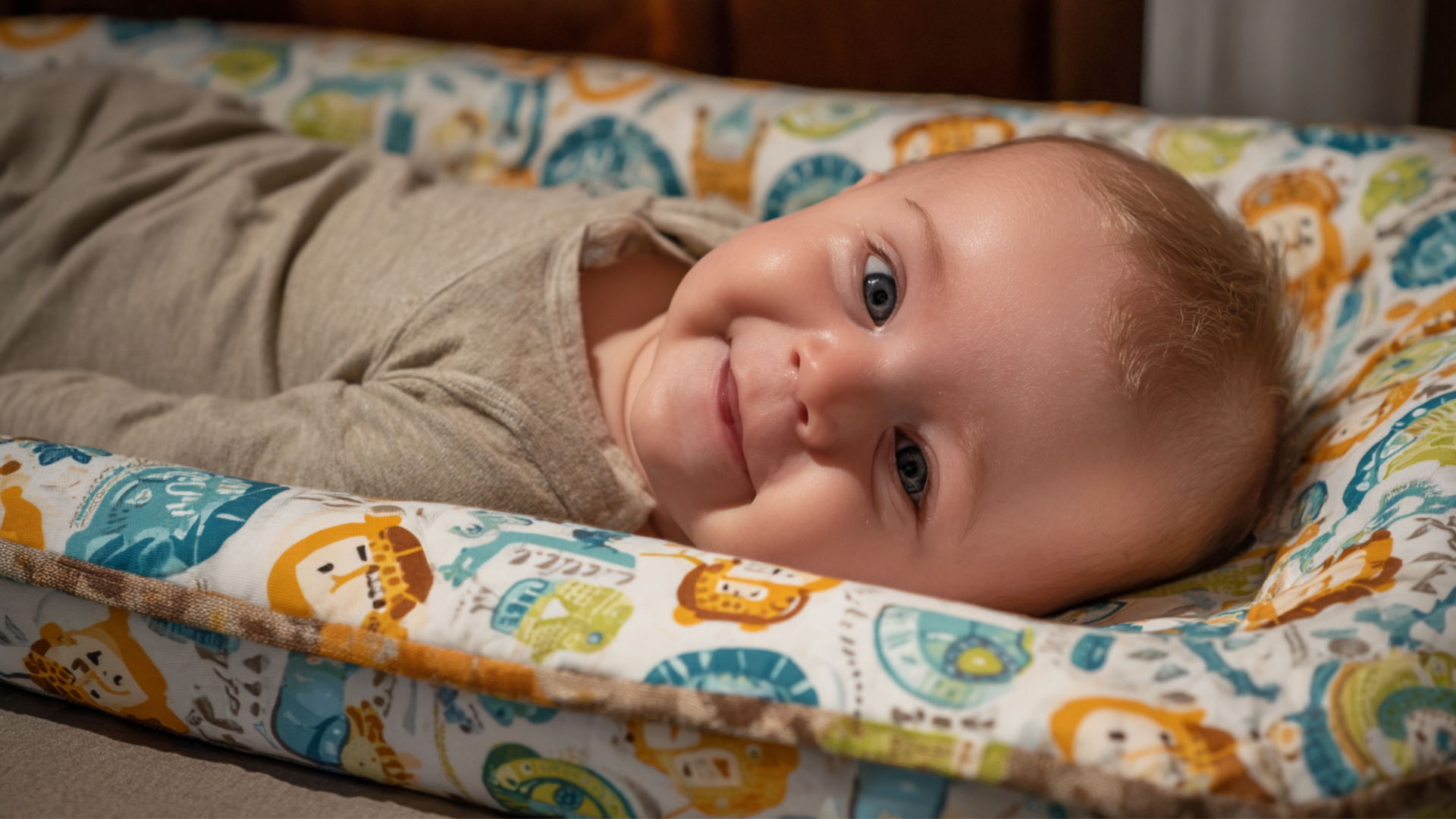
A changing pad makes diaper changes safer, cleaner, and more comfortable. It gives your baby a soft surface while protecting your furniture from messes.
Many pads have raised sides to keep your baby from rolling and a strap for added safety. Waterproof covers or liners make cleanup easier, which is a big help during those late-night changes.
14. Rocking Chair/Glider
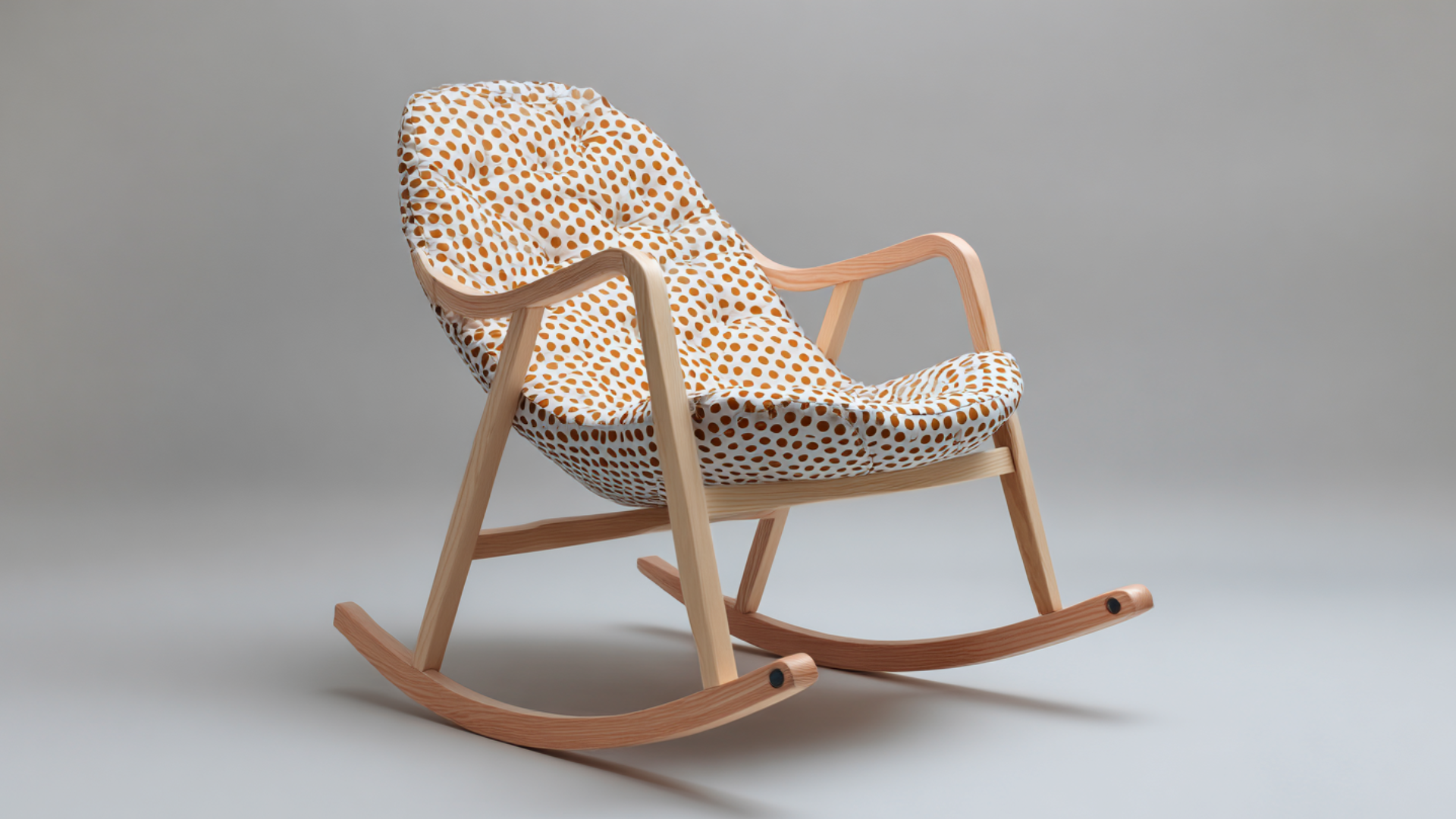
A rocking chair is a classic piece of furniture designed with curved legs that allow it to move gently back and forth. Often used in nurseries, it provides comfort for parents while feeding, soothing, or holding their baby.
The rocking motion helps calm infants and creates a relaxing space for bonding. Many modern rocking chairs come with padded cushions, armrests, and ergonomic designs to reduce strain during long use.
15. Wipe Warmer
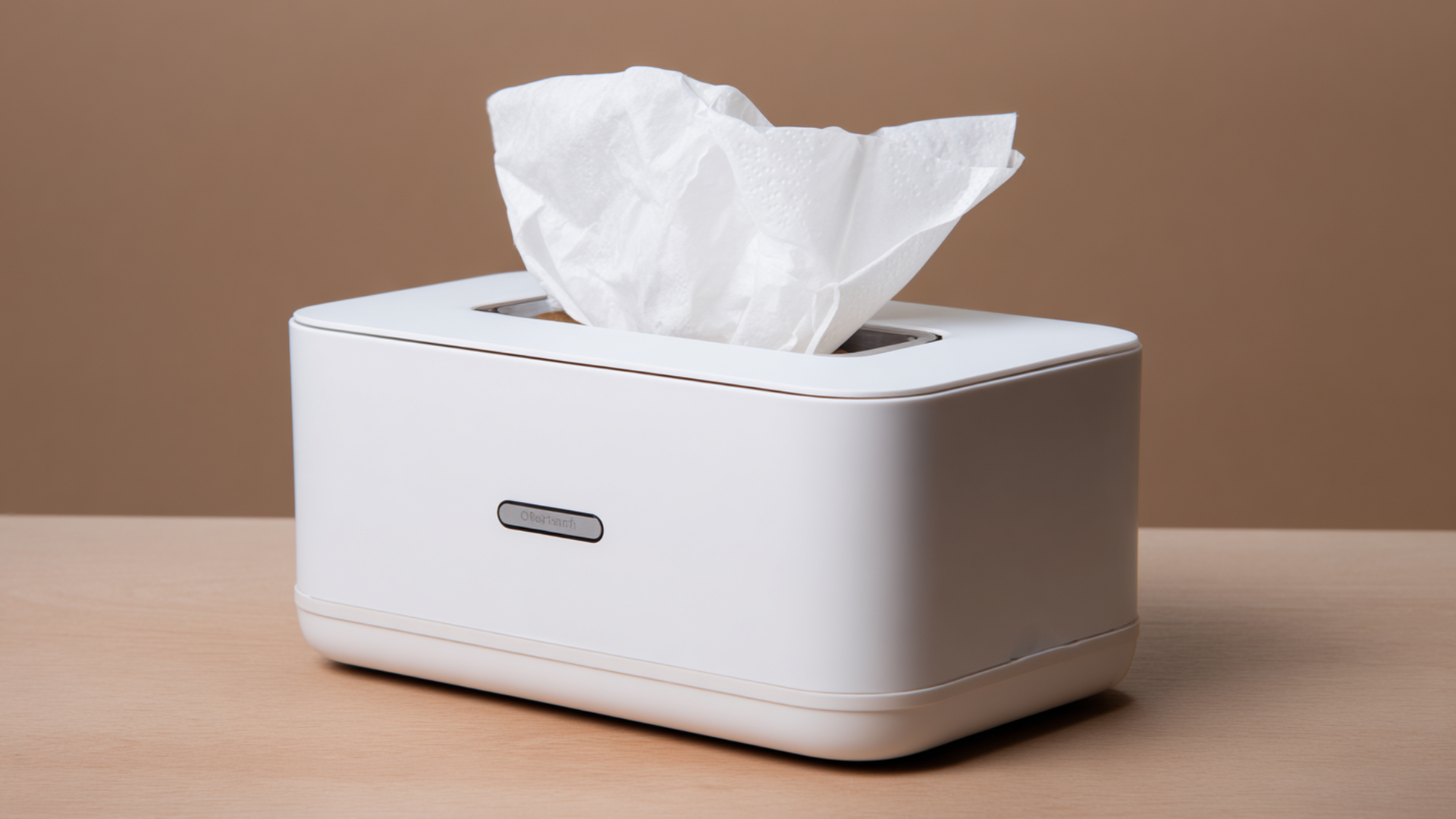
A wipe warmer is a handy baby care device that keeps wet wipes at a comfortable, warm temperature.
It helps make diaper changes gentler, especially at night or during colder months, by preventing the shock of a cold wipe on your baby’s skin. Most wipe warmers are easy to use – just plug them in, place wipes inside, and they stay moist and warm until needed.
What You Don’t Really Need (At Least Not Yet)
- Fancy Gadgets: Items like diaper genies or smart bassinets can be costly and don’t add much value.
- Too Many Clothes: Babies grow out of newborn sizes quickly. Stick to a small starter wardrobe.
- Bulky Toys and Gear: Large swings, jumpers, or activity centers aren’t useful for newborns and can take up too much space.
Keeping your list simple helps you focus on what matters most. You can always add extras later once you know your baby’s needs and your lifestyle better.
Expert and Parent Tips
- Always keep safety and hygiene first. Clean bottles, wash hands, and sterilize baby feeding gear following NHS guidelines.
- Pediatricians recommend placing your baby on their back to sleep to reduce the risk of SIDS. This position keeps airways clear and promotes safer rest. [American Academy of Pediatrics]
- Don’t feel pressured to buy every new gadget. Stick to the basics outlined by the American Academy of Pediatrics’safe baby care tips for what’s truly needed in the first months.
Parent Perspective: What Gets Used vs. What Sits in the Closet
Many parents admit that newborns often cry more than expected.
A common regret is buying too many baby clothes and gear that never get used. Parents often realize they only need a few basics for daily comfort and hygiene.
Many also mention using a simple baby carrier or wrap every day for hands-free mobility, while items like bulky baby gadgets often sit unused after the first few tries.
Conclusion
Bringing home a baby can feel tough in the beginning, but you don’t need endless gear to be prepared.
The core essentials – like a safe sleep surface, car seat, diapers, feeding supplies, and a few comfort items – cover what your newborn truly needs.
Optional extras such as a baby monitor or nursing pillow can make life easier, while gadgets and piles of clothes often go unused.
Now it’s your turn to start building your own checklist and adjust as you learn what works best. Share the blog with other parents and be sure to leave a comment with your favorite tip!

